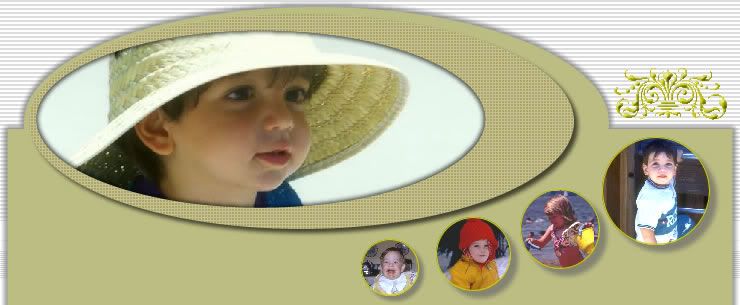Listening is one of the four language skills. Its importance is not less than the three others language skills. As we might already know, listening and reading belong to receptive skills since the focus is on receiving information from an outside source. Speaking and writing, on the other hand, belong to productive skills because the focus is on producing information.
Listening can be considered as the foundation for other skills. By listening, children are preparing to replicate the sounds when they speak. By developing good listening skills, they are able to match the sounds with the corresponding symbols when they decode words. Those two informations show that listening comprehension skills can prepare children to develop reading comprehension skills. This following statement that shows how other skills are built on listening:
You need to hear a word before you can say it.
You need to say a word before you can read it.
You need to read a word before you can write it.
Before teaching listening to young learners, teachers should be familiar first with the three main learning channels: auditory, tactile, and visual.
Auditory Learners
They are able to learn the material better when it is presented in an auditory format such as listening to someone read a story aloud. The other examples of input are:
songs chants poems environmental sounds (rain, cars, trucks, animals, vacuum cleaners, computer printers, people walking, etc.)
Tactile Learners
They are able to remember information, language, and content better when they have physically manipulated or touched the information. They benefit when they have actually made something with their hands. The examples of input for tactile learners are:
- real life objects that children can touch as toys and puppets (the children need to actually touch the objects, not just merely look at them.)
Visual Learners
They often recall visual images or pictures easily. The examples of input for visual learners are:
- pictures such as drawings, sketches, photographs, paintings, posters, murals, diagrams, etc.
Imagine this situation...
Children are listening to a picture story book being read aloud. The visual learners will not be satisfied unless they have a good view of the pictures. The truly auditory learners will be content to listen to the words and tale being told with only the minimal amount of visual input or pictures. The tactile learners will want to have puppets or other props that they can handle as they listen to the story being told or as they tell the story themselves.
Anyway, it should be noted that all learners use a combination of different learning channels even though they may have a preference for one over the others.
From knowing that there are three main learning channels, you can create a learning that provide their needs. For example:
- Story or Song: Row, Row, Row Your Boat
- Visual Learners: Pictures of row boats and rivers
- Auditory Learners: Environmental sounds of a river
- Tactile Learners: Rowing motions
- Story or Song: Goldilocks and the Three Bears
- Visual Learners: Pictures of the characters and items in the story
- Auditory Learners: Environmental sounds of bears and people eating porridge
- Tactile Learners: Eating and walking motions
By doing such of things you will help the children to have a better understanding about the materials.
|




Hi, where are you!
You miss my class today.
Don't forget to submit your blog description soon.